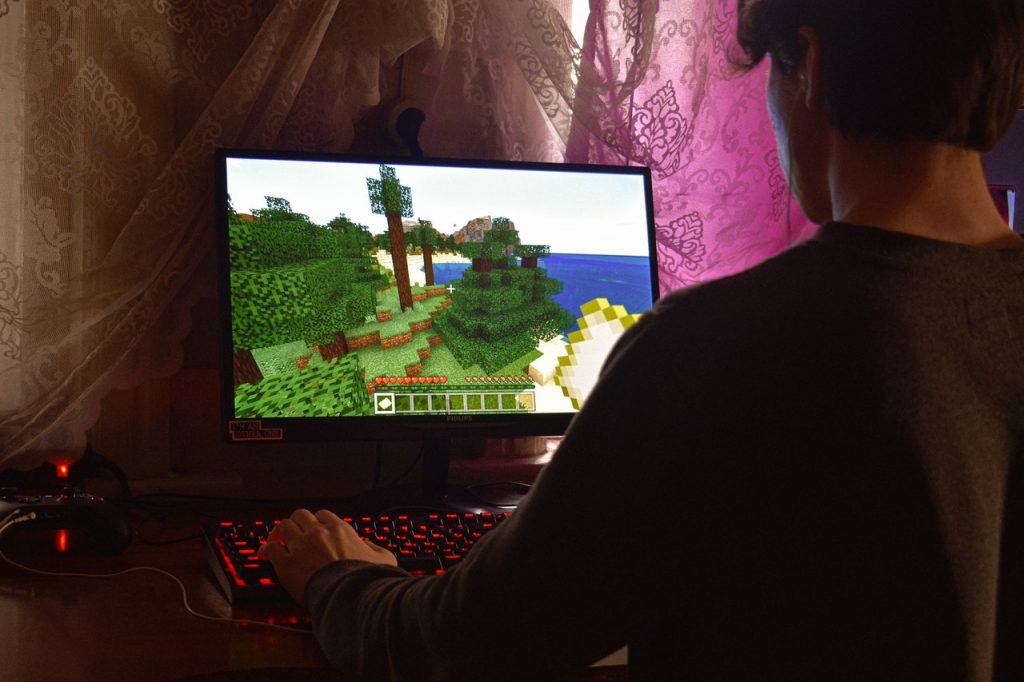
Are video games art? Greeting this question with a yawn are most gamers today. “Before the medium is taken seriously, what number of times do institutions like MoMA, The Smithsonian or the V&A must spotlight gaming?” they may respond. Combining visual art, sound, writing, and interactivity, they may point to the aesthetic hybridity of game design. They could patiently defend video games as a form, or they may just not bother. For several people, games don’t have anything left to prove.
The discussion about games as a form normally examines triple-A games (big-budget mainstream games) and therefore the indie market. It’s at artists within the gaming world. However, gamers within the art world, that other also exist. Like generations of artists before them, they harness technological innovation to articulate a flash, using the language of games to discuss our digitally mediated lives.
In 2002 digital artist Cory Arcangel made Super Mario Clouds, a hack of Nintendo classic Super Mario Bros where every graphical element has been removed aside from the clouds, which scroll across a sky, evoking an enigmatic nostalgia. In an exceedingly meaningless landscape of blocks and green pipes, where players can walk slowly and draw long puffs on a cigarette, more recently art game Ennuigi cast Mario’s plumber brother, Luigi. Press the “ruminate” button and Luigi makes existentialist remarks about the game-world, such as: “I examine this turtle and think — I’ve got done you one better. You wear a shell, I’ve got become one.”
It’s not always satire. Detaching gamers from familiar objectives like leveling up, art games generally prioritize provocation over play. Made with design tools certain games provide for anyone to make their own in-game environments, many are technically “mods” like Forza Horizon 5’s mod which you can also get a Forza Modengine download link for. Where players sprayed antiwar graffiti on walls rather than shooting one another, interrogating the thoughtless violence committed in such a lot of games, a notable early example was Velvet Strike, a mod of popular shooter Counter-Strike made within the wake of 9/11.
ALSO READ: What is New Media Art
Throughout his career, Chinese artist Feng Mengbo has engaged with gaming. Taking Mount Doom By Strategy interpolates scenes from one amongst the Mao-era’s few permitted operas into the classic shooter Doom. Began as acrylic pieces fusing retro gaming aesthetics with personal memories of the revolution and culminated with a playable game on an 80-foot-long screen in MoMA was his grand work Long March. There, encountering wry critiques of communist China’s propaganda campaign, the player battles through Mao’s much-mythologized “long march” as a Red Army soldier.
To explore political questions, Lawrence Lek also uses virtual environments. Placing the player during a world where the venerable London institution has been sold off to become the playboy mansion of a Chinese billionaire, replete with sports cars and a Jeff Koons bunny within the courtyard was his work Unreal Estate (The Royal Academy of Arts Is Yours). It debuted, fittingly enough, at the 000 Royal Academy of Arts in 2015.
At the crossroads of digital and experiential art, video games offer a pliable medium for creation. They’re well-positioned to interrogate questions of aesthetics, narrative, virtual space, agency, and human behavior. Artists are only starting to explore this potential, starting from Jenny Jiao Hsia’s Consume Me, a thoughtful exploration of eating disorders, to Cao Fei’s art platform RMB City, created within the virtual world of Second Life. David O’Reilly’s Everything is especially accomplished, underlining the essential harmony of the universe by allowing you to fluidly control anything, from microorganisms and plants to animals and planets.
Art that belongs during a gallery, when does a game become one? Perhaps when it asks questions about what it means to be alive within the world today. Few try this as concisely as Passage by Jason Rohrer, maverick artist and therefore the first game developer to own had a solo museum retrospective. During this five-minute game, you experience a pixelated character’s lifetime. As you progress along the narrow tunnel from the left of the screen to the correct, you age. You discover a wife. Gradually, there’s more ground behind you than there’s ahead. Your wife dies near the far right of the screen. You recognize you’ll, too, but you don’t stop or turn. You retain walking until the top.
